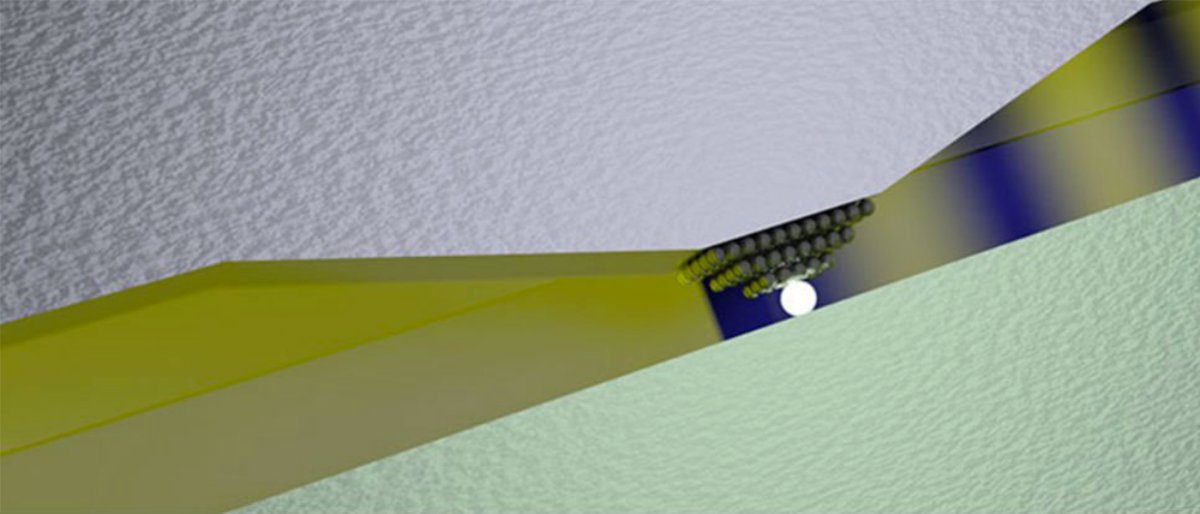
Scientists at ETH Zurich in Switzerland are working to miniaturize the equipment used for data storage and transmission, specifically, the switch used to convert electronic signals into optical ones.
Working on an Atomic Level
These switches, called modulators, are normally about 3 cm wide. With networking needs growing, data centers are going to be packed more and more with these switches. The new version of the switch, which was recently designed by the scientists, is quite smaller than its predecessors.
In fact, it is a lot smaller, using just one atom.
A modulator built around this switch would be some 100,000 times smaller than the devices in use today.

For the switch to work, platinum and silver pads are placed on top of an optical waveguide made of silicon with just an atoms gap between them. A small amount of light, smaller than the wavelength of light itself, is able to pass through the tiny gap. Once voltage is applied to the silver pad, a single atom is drawn toward its furthermost point, closing the gap and creating a circuit between the pads.
When voltage is removed, the atom retracts, and thus the modulator can transmit millions of switch signals every second.
As the light travels across the waveguide, it gets converted into surface plasmon, made up of electrons that move at the frequency of the laser light. These electrons can pass through the single-atom gap before being reconverted on the other side.
The press release notes that, by reconfiguring the design of the modulator, the light is effectively “squashed” to squeeze through the gap.
Shocking Scientists
Scientists never thought bringing the technology down to this miniature level was possible.
“Until recently, even I thought it was impossible for us to undercut this limit,” said lead researcher, Jürg Leuthold. “This allows us to create a digital switch, as with a transistor. We have been looking for a solution like this for a long time.”
Next, the team hopes to improve the modulator process for large-scale application. This would mean working to increase the reliability. Currently, only one of every six attempts at fabrication is successful. Eventually, though, this single atom modulator could be helping to shift data around the planet faster than ever before.